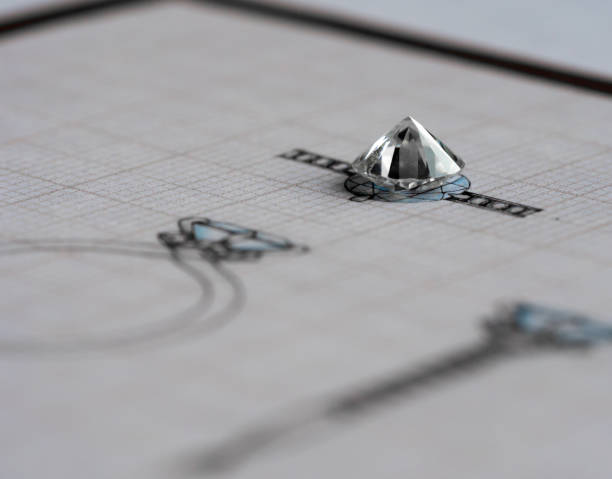Unique Effects of Chrysoberyl Gemstones All Entries

Natural chrysoberyl gemstones are rare and not used much in jewelry. These hard and brittle gems come in various colors, with green being the most common. Other shades include blue, yellow, brown, and red. Here are some of the reasons jewelry collectors are driven to seek chrysoberyl gemstones.
Physical Qualities of Chrysoberyl Gemstones
Due to their hard and dense mineral composition, chrysoberyl gemstones resist chemical changes. They are among the hardest gems on earth, but not as hard as diamonds. These gems are mined in Brazil and a handful of other places. Some people may assume because of the name that chrysoberyl gemstones are part of the beryl family but they aren't. Both contain beryllium but are unrelated gemstones from separate species.
Colorless transparent and translucent qualities typically characterize chrysoberyl gemstones. Among the colored versions, yellow and green tend to be the most sought, with interest in brownish-yellow as well. The gems have a crystalline structure with multiple angles that refract light, like a diamond. The two main varieties of chrysoberyl are alexandrite and cymophane.
Alexandrite vs. Cymophane
The reason why alexandrite is usually more expensive than cymophane is because it's one of the five rarest gems on earth. The other four are painite, black opal, red beryl and tanzanite. Part of alexandrite's appeal is that it looks like an emerald in the day then a ruby at night. It changes colors depending on the light source. Alexandrite can change from blue to green under bright light then red to purple under less light.
Cymophane is also known as "chatoyant" or "cat's eye" and usually has a translucent to yellowish appearance due to iron impurities. The cat's eye effect is comprised of tiny needle-like or tube-like inclusions. The technical term "chatoyancy" is French for "shining like a cat's eye." The effect stems from light shining on round reflective surfaces. Ultimately, it resembles the look of a cat's pupil with a streak of light running through it.
The cat's eye effect can be found in other gemstones, but whenever the term is used by itself among jewelry professionals, it refers to a chrysoberyl gemstone. Otherwise, the gem name is added to the term, as in "cat's eye quartz."
Why Chrysoberyl Gemstones Are So Valuable
Chrysoberyl gemstones are both rare and stunningly beautiful, which is why there is high demand for them, even at high prices. Some alexandrite specimens sell for six figures. The hardness of the gems make them durable while the shiny surface projects a timeless appearance.
A wide range of chrysoberyl varieties exist, mainly distinguished by cut, shape, and color. The gem is usually not enhanced by treatments, as collectors rely on its natural transparent quality that displays minimal inclusions.
Conclusion
It's easy to become spellbound by chrysoberyl gemstones because of their artistic and sophisticated natural appearance. Finding them at affordable prices can be challenging unless you work with people who have relationships with buyers and sellers around the world. Contact us at Ralph Mueller & Associates for more information about chrysoberyl gemstones and how you can get the best deals on jewelry.